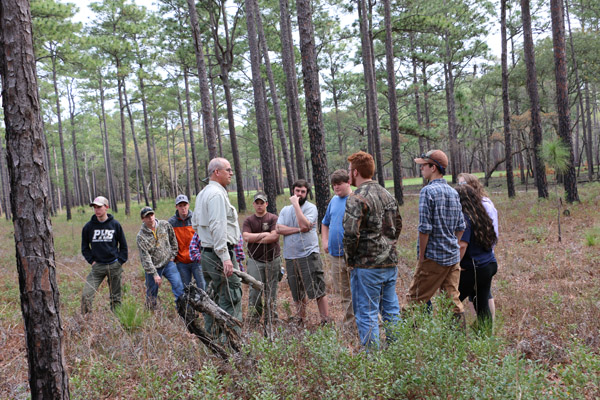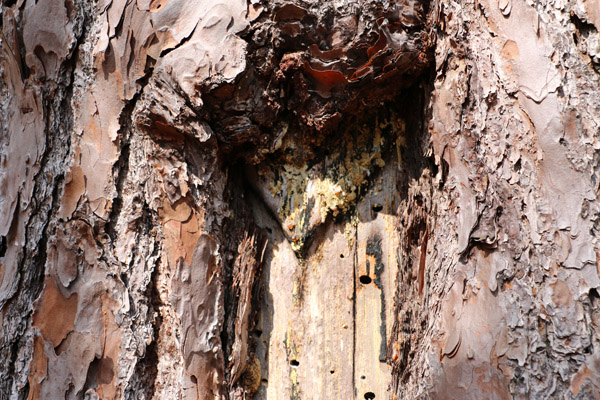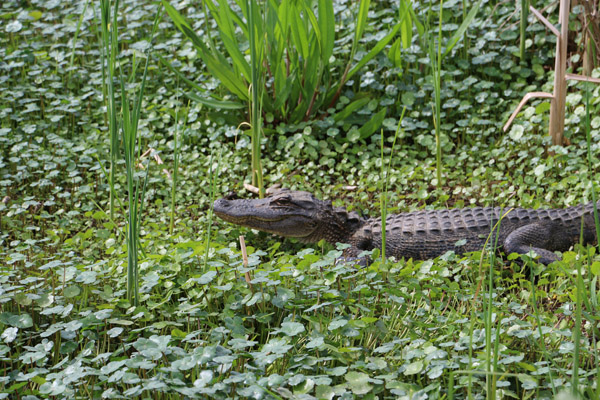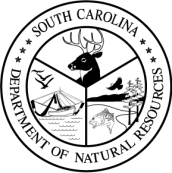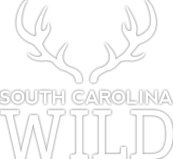Trip Report - Pendleton High School "Coastal Ecology Field Experience", 2015
Dear SCW Magazine:
I have been a fan for many years. I recently noticed your "Trip Report" feature and that gave me the idea to contact you. I'm an agricultural
education instructor at Pendleton High School. For the past four years I have provided what I call a "Coastal Ecology Field Experience" for my
Wildlife Management/Environmental Natural Resources students. With the help and friendship of an excellent SCDNR wildlife technician and education
specialist, Mr. Jim Lee, and many others, we have created a life-changing experience for these students.
– Blake Berry
Text by students; photos by Blake Berry

-
Trip Location: During this year's trip, we explored Sandy Island; heard lectures from DNR field biologists; visited the South Carolina Center for Birds of Prey; toured the DNR's Tom Yawkey Wildlife Center and Heritage Preserve, Santee Coastal Reserve WMA and Samworth WMA; and went kayaking on the Waccamaw River.
Trip Mission: To inspire and encourage a group of high school students enrolled in a natural resources-related class.
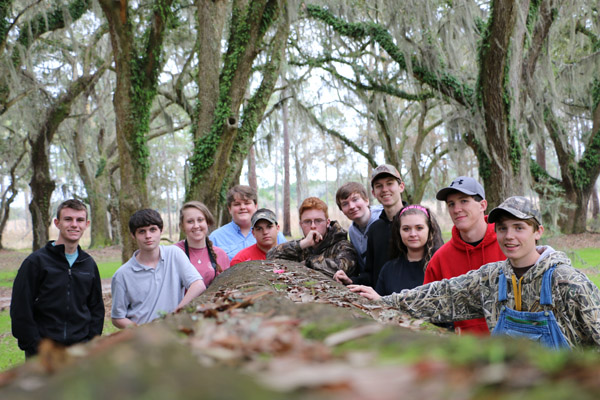
Samworth Wildlife Management Area (WMA)
-
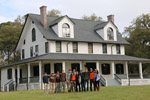

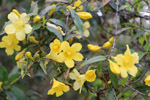
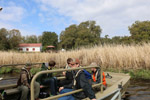
-
As we pass onto the Samworth WMA I see many different techniques of wildlife management being implemented; from food plots to prescribed burns. As we turn the corner you start to see the Dirleton house rising over the tops of the live oaks. Surrounded by blooming azaleas, the site is breath-taking. You enter the over one-hundred year old plantation home and the kitchen door slams behind you! You know now to treat this house with the respect it deserves. In the kitchen the now-everyday luxuries seem almost out-of-place. I pass through the dining room where sits a Viking-like table ready to seat an army. On the walls are many mounted specimens of waterfowl ranging from mallards to wood ducks. In the sitting room is a pair of blue leather chairs which turn out to be fairly comfortable. With a whale vertebra to tie it all together, it is quite exquisite. This has the potential to be very favorable living quarters. I'm not sure I will want to leave. – class member Clayton Partain
When I first saw the house, I honestly was astonished. It's beautiful; although we arrived after dark, so we didn't get to see much of the outside. I could tell that trees surrounded the property, along with river in front of the house. Every second spent here is honestly so inspiring, and it's only been just a few short hours since we first arrived. There is just a warm, but mysterious, feeling you get when you enter the home. You can honestly feel the history surrounding you. Right when I got all of my possessions inside the house, I went exploring throughout the home and some of the outside. The most I could see through the dark was the river in front of the house, and the large dock that was placed on it to move machinery. When I went back into the house, I thought to myself "I could get lost in here." The rooms are huge. The dining room table was nearly longer than the dining room. The ceilings are high. The stairs go forever it feels like. The huge porch around the whole house makes the whole place so cool. – class member Ainsley Kelley
If we use all of our natural resources now, then there will be no chance for our future. If people want to call me an activist or an environmentalist for caring about the environment then they are the crazy ones for not wanting the best for this wonderful planet that we call home. I don't think that I can save the world by myself but even the smallest splash will cause a wave. If everyone does their share then the world could be changed over time. – class member Paul Leaf
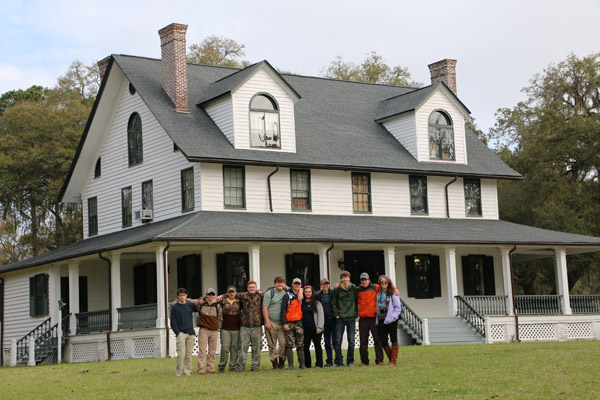
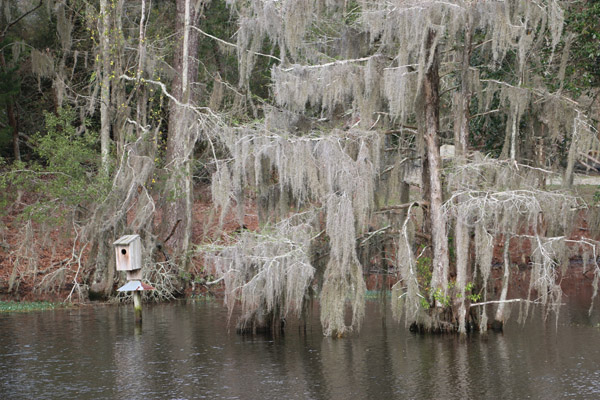

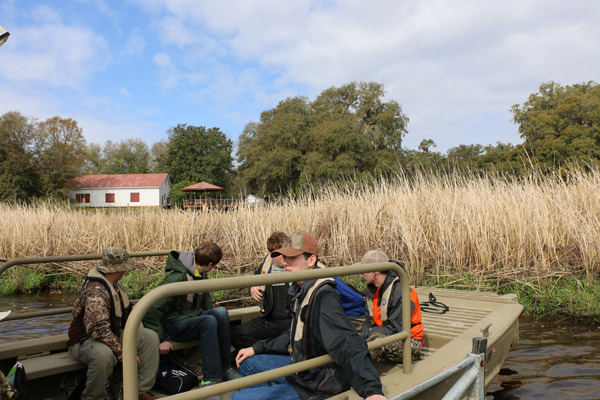
Sandy Island
-
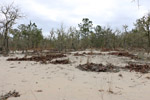
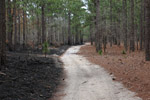
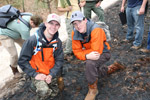
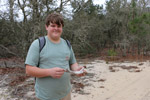
-
Sandy Island gets its name from the sand found on the islands. While there I saw many unique things. I saw many different plants and animals. On Sandy Island there is a small community. In the community there is one church and a fire/rescue squad. The children on the island have to ride a boat to get to school. This was really cool to see and experience. – class member Hunter Dove
Nature is unpredictable; there could be anything just around the corner. It's called an "island" but you will get lost on it. Riding on the boat lets you see a different side of the island that a lot of people have not had the chance to see. Walking up onto Sandy Island showed me why it's called that, there are loads and loads of sand all piled up. Walking through the trails, you see the other side of nature that no one else sees. While walking, if you look carefully in the sand in front of you, you may see animal tracks. You never know what kind of animals could be on this island, it could be the impossible. – class member Breanna Hall
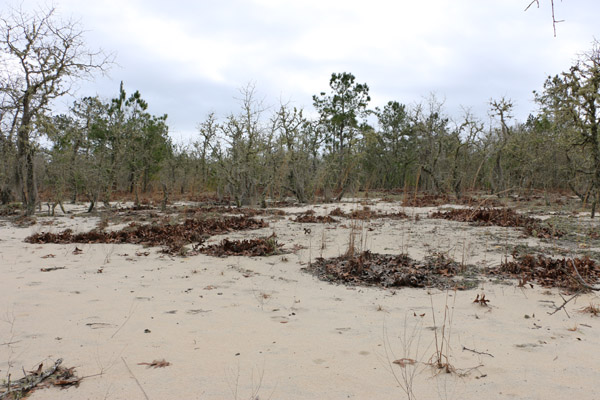
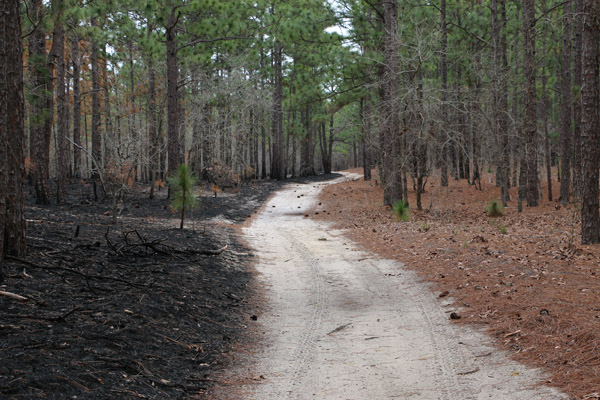
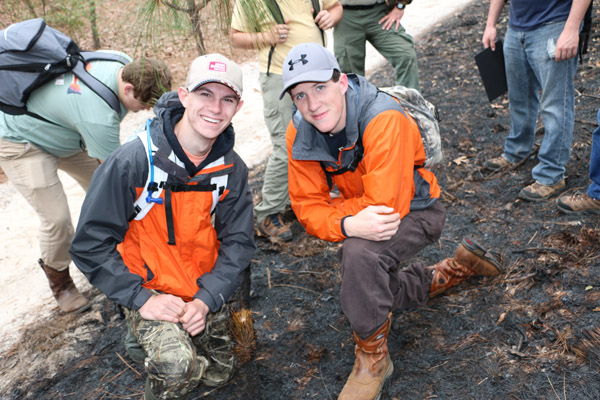
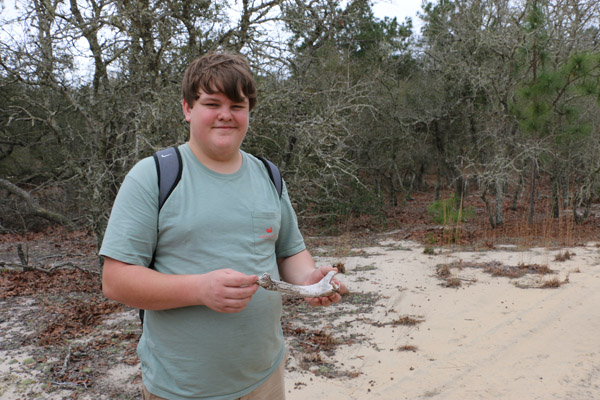
Santee Coastal Reserve WMA
-
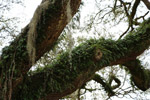
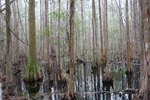
-
What really does remain after we depart? When we begin to fade, what keeps our memories and stories of actions remembered? Regardless, the stories that I've been able to create on our day of arrival are amazing. Today, we were received by Mr. Jim Lee, who will mentor us for the rest of the week. Upon arriving at the Santee Gun Club, the beautiful cypress trees covered in ethereal moss, brought back memories of previous years. What intrigues me the most about the Gun Club, like the Samworth Plantation, and other areas of Georgetown, is the rich history and architectural designs. I thoroughly enjoy being able to "soak up" an area's history, and standing where people of the past once stood is an experience like no other. I was able to observe, and in a sense, revisit the concept of the water control system. The highlight of the trip so far, has to be the boardwalk at the Santee Gun Club. We were able to walk right out into the swamplands, and I was able to take amazing pictures. It's amazing how we forget about our connection to nature, and it's even more amazing when we are able to reconnect to it. I guess this place does its job, and the shadows cast by the cypress trees and old plantations hold the secrets of histories past, never letting them go. – class member Josh Pruitt
Today we stopped by the Santee Coastal Reserve and met our guide Mr. Jim Lee. He taught us about some of the history of the Lowcountry, and about how DNR came into getting some of the lands they have now. He also explained to us about the history of the coastal reserve and how at one time it was used as a hunt club. We got to walk around and tour part of the hunt house, with its old gun lockers still intact with newspaper articles or various papers about the club in the lockers. Outside the gun club was a rice trunk, but this one was not in use. So we got to see how a rice trunk, or a water control device, actually works. He explained to us how rice made this area's economy boom and made many people very wealthy. Lastly we got to experience the area's unique diversity in person by getting to walk out on a nature walk/ boardwalk. – class member Luke Fuhrer
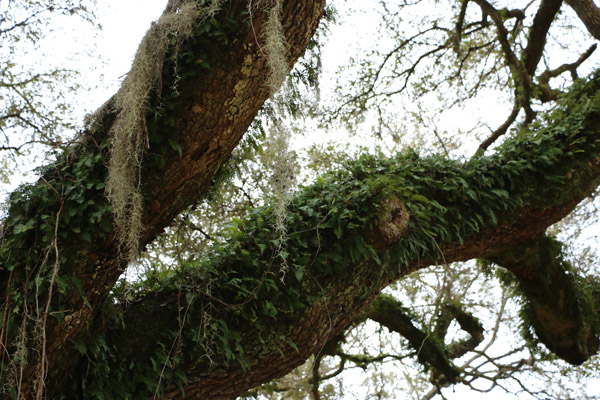
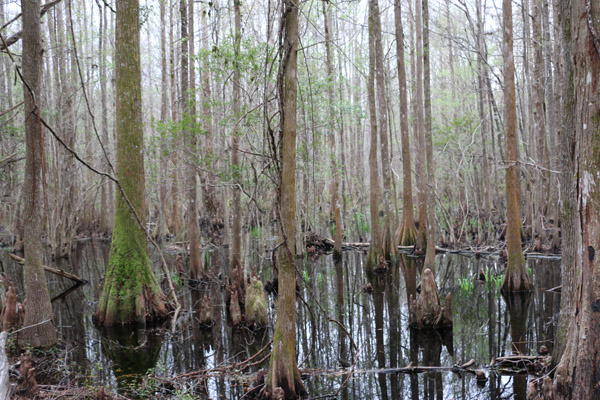
At the Center for Birds of Prey
-
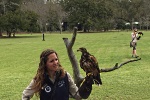

-
Today we went to the birds of prey center. It was cool to see the many different birds. They all had one thing in common and that's they are all predatory birds. We got to see a flight demonstration they would let a bird fly and feed it or let it attack something. We saw Eagles, Hawks, Vultures and more. I never imagined there would have been so many different kinds of birds. I enjoyed it a lot and encourage others to help protect our birds of prey. – class member Hunter Dove
Though I grew up reading stories such as "My Side of the Mountain" and other novels featuring avian characters, I knew my chances of seeing some of these birds up close was unlikely at best. Thankfully, this visit changed that, and made some childhood dreams take flight. – class member Joey McCannon

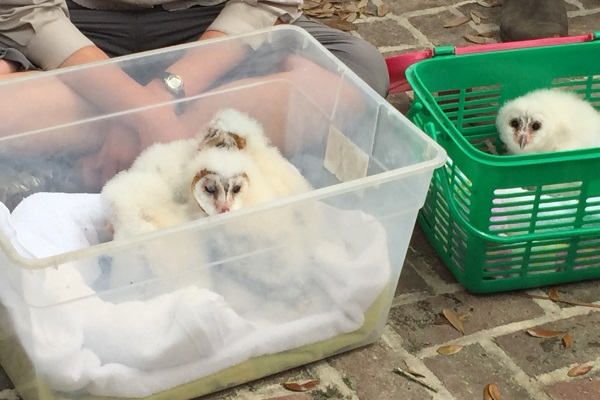
Paddling on the Waccamaw River
-
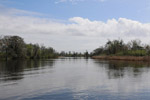
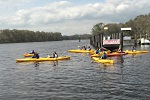
-
The Waccamaw River really is black. Pollution-wise, it is completely clean and a great place for different reptiles, fish, and even birds to live. It has an abundant amount of food and resources that plants and animals need to survive. I honestly didn't think it would be as incredible as it was. We traveled through winding waterways and in and out of the main part of the river. There was tons of white marsh, and my classmates and our student teacher decided to run me into it constantly, (what pleasure). One of my friends even flipped out of the boat! We also saw tons of snakes. – class member Ainsley Kelley
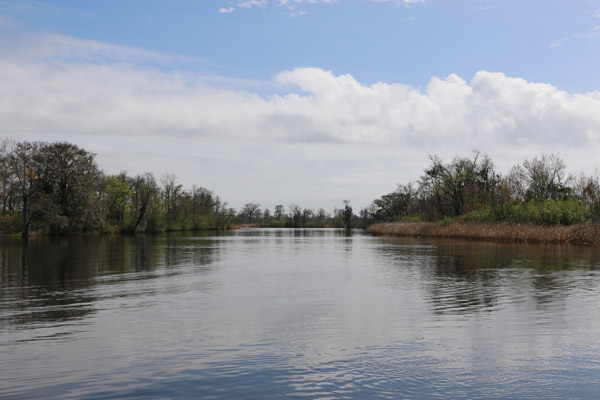
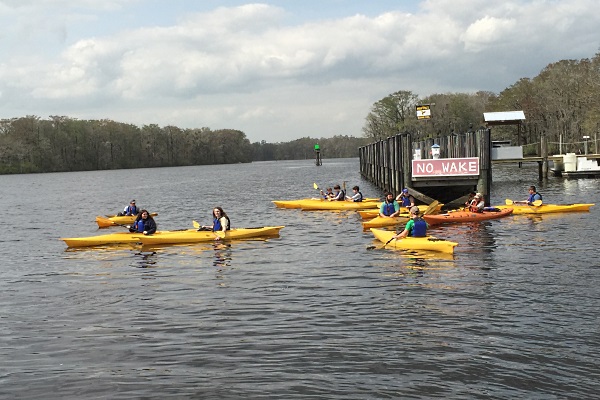
Tom Yawkey Wildlife Center
-
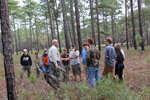
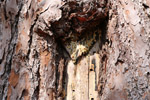
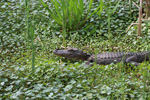
-
We arrive to Cat Island in style - by ferry. Venturing inland we see stands of long leaf pines. We learn about the rich history of the island and how the citizens of the island made tar and turpentine out of the pine trees. We visit the old slave village on the island. We get to go inside the village's church and see how services would have been carried out. We then learn about the red cockaded woodpeckers once more. We travel out onto the dikes and see the many conservation practices that were implemented by Mr. Yawkey. These practices are still used today because Mr. Yawkey left his estate to the state of South Carolina. – class member Clayton Partain
Stepping through the pine forests is like entering a whole new world, one in which you feel yourself coinciding with nature and nature coinciding with you. Something seems so surreal while at the Tom Yawkey Wildlife Center, and it's one of the few places in the world that I feel as if I can find moments of inner peace, and troubles melt away like the sap of the pine trees. I really enjoyed learning about his [Mr Yawkey's] connections to the Red Sox and his hunting expeditions around the world. It's amazing to see all the places and things he did throughout his life, and the kind of person he was. It's like you can jump through the pictures on the wall to that time and place. – class member Josh Pruitt
